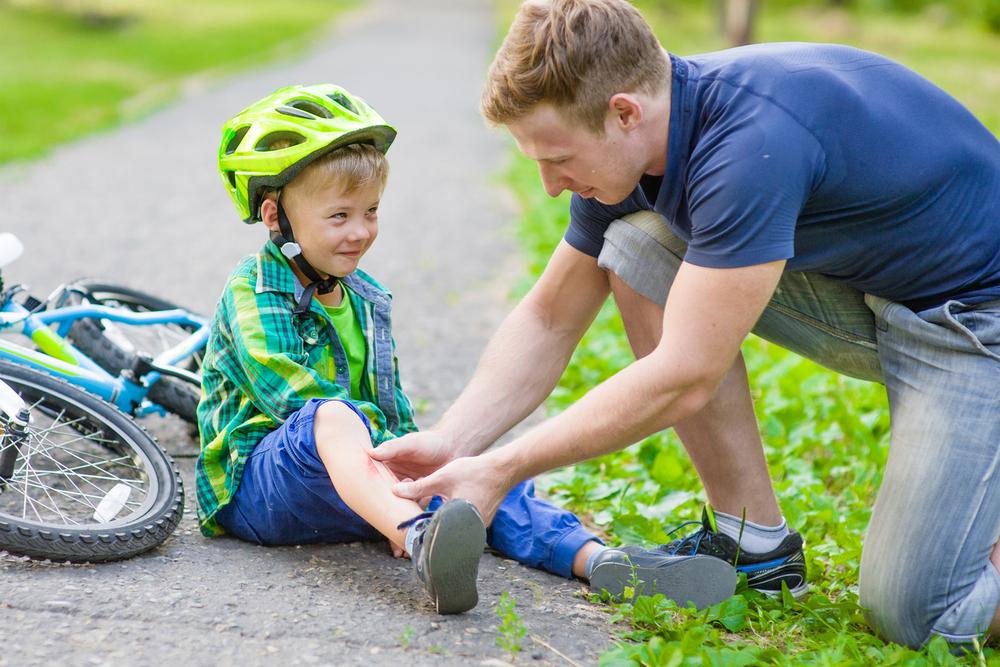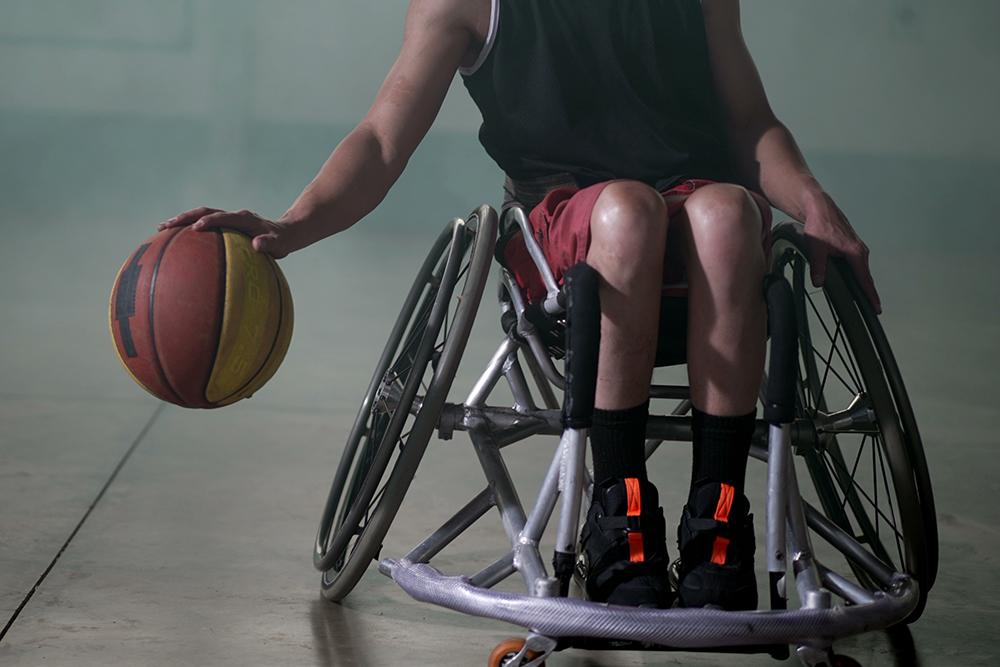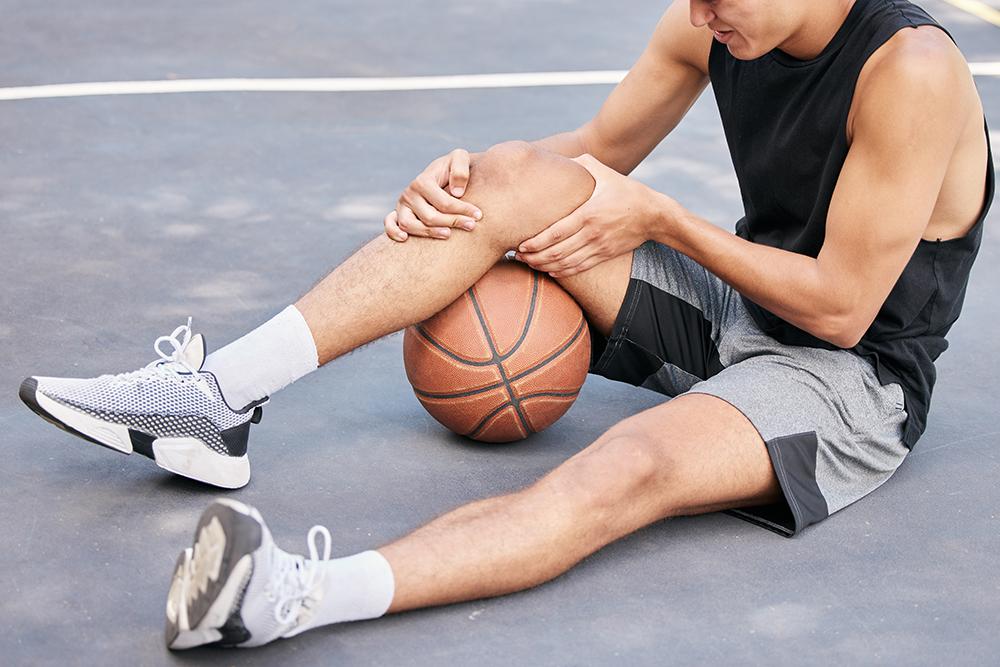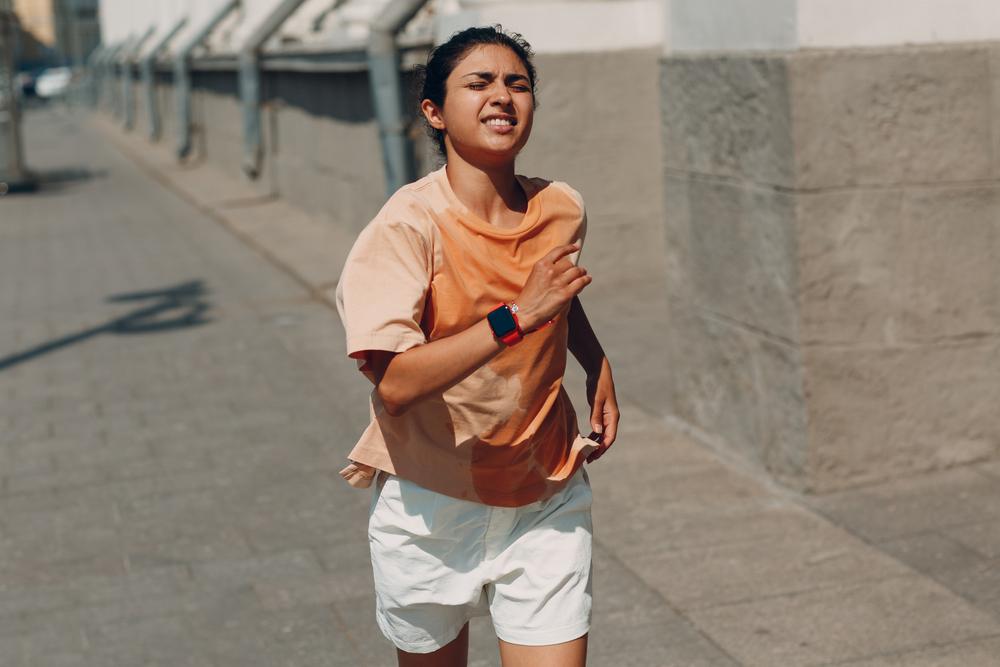 Kids get injured in sports. It’s an inevitable reality that parents accept when they support youth sports participation, knowing that kids are more likely to learn teamwork, respect, hard work, and accountability during their time in sport. And while the rewards from sport are great and the risk of injury is usually low, the way pain from a sports injury is managed can make a significant impact on a young athlete’s recovery, as well as their long-term physical and mental well-being.
Kids get injured in sports. It’s an inevitable reality that parents accept when they support youth sports participation, knowing that kids are more likely to learn teamwork, respect, hard work, and accountability during their time in sport. And while the rewards from sport are great and the risk of injury is usually low, the way pain from a sports injury is managed can make a significant impact on a young athlete’s recovery, as well as their long-term physical and mental well-being.
For example, research shows that when a child’s pain isn’t addressed quickly and effectively, the long-term results can include a lower pain threshold, anxiety over future treatment, and decreased response to painkillers.
With that in mind, parents should take some time to learn more about pediatric pain and the different ways to help kids deal with pain after a sports injury.
Where does pain and pain management start?
Approximately 30 million kids and teens play organized sports in the United States, resulting in more than 3.5 million injuries annually. Sports specialization, which has become more prevalent in recent years, also increases the risk of injury due to overuse.
It’s important to remember that pain is an important physical response because it tells the body to stop when something is wrong. “This is where the parental role is so important,” explains Dr. Gary Green. “Early recognition and treatment of an overuse injury, for example, can result in a few days off from sport, but continuing to play will cause a more severe injury that can take weeks to months off from sport to resolve.”
In youth sports, pain may come as the result of overuse, muscle tears, sprains, concussions, broken bones, and other injuries, as well as related procedures like surgery. When it comes to treating pain, it’s important to first identify the source of pain so that the treatment addresses the cause of the pain, rather than simply treating the symptoms.
Are there different levels of pain?
Pain is typically identified as acute or chronic, and treatment should vary based on the type of pain. Acute pain is brought on by injury or a specific illness and has a valuable biologic purpose, while chronic pain is is ongoing with no identified end-point and no biologic purpose. For children, acute pain is most common, especially in relation to sports injuries, and chronic pain is fairly rare.
In addition to the different types of pain, it’s important to recognize that everyone perceives pain differently, which is why the assessment and ongoing evaluation of pain is key to effectively treating pain.
What are the different ways to manage a young athlete’s pain?
Treatment of a child’s pain should be specific to the child, the source of their pain, the type of pain, and the level of pain. Taking time to understand and properly treat your child’s pain is critical, in part because effectively managed pain is connected to fewer complications and faster recoveries.
There are a number of ways to manage pain, including non-pharmacological methods (i.e. physical therapy), non-opioid medications (i.e. acetaminophen), and opioid medications (i.e. oxycodone). The use of these different methods should be based on an ongoing assessment of the level of pain, as described below:
What are some pain management methods that don’t involve medication?
Hot or cold compresses, massage, and relaxation techniques are non-pharmacological methods that can help young athletes recover physically and mentally after a sports injury. For example, RICE (rest, ice, compression, and elevation) is often an effective way to respond to small sprains or other minor injuries. After treating acute pain, physical therapy may also be recommended to help facilitate healthy recovery following a serious injury or surgery.
“Parents often ask me if they should use heat or cold to treat sports injuries,” notes Dr. Green. “In general, you can never go wrong with cold treatment. Cold is effective in reducing both acute and chronic inflammation and has been shown to markedly decrease pain. For acute injuries in particular, swelling is the major limitation in return to play, and the standard RICE treatment will help reduce swelling and pain. Of course, parents should take care not to compress an area too tightly or directly to avoid frostbite and skin damage.”
When should parents consider using non-opioid pain medications?
In both children and adults, mild acute pain is typically addressed with non-opioid pain medications and nonsteroidal anti-inflammatory drugs (NSAIDs) like acetaminophen, ibuprofen, aspirin, diclofenac, and etodolac, all of which can be obtained over the counter.
As Dr. Green explains, “The first line treatment for acute pain would be the RICE protocol. If the pain is not controlled with that, then acetaminophen at the appropriate dose for age and weight would be the next recommendation. If that is not effective, adding a NSAID, such as ibuprofen, should be considered.”
“Just as parents are encouraged to use acetaminophen with a NSAID to bring down high fevers, they can also be used together for acute pain. They each act differently on pain and some studies in adults show that the combination is as effective as narcotics in treating pain. Of course, the dosages should be adjusted for age and weight. NSAIDs can affect the stomach, so they should also be taken with some food.”
“As with all medications, parents should check with their physicians to ensure that there are no contraindications for either acetaminophen or a NSAID. If these do not control the pain, then this would be an indication to seek immediate medical attention. Finally, while pain is a symptom that can be treated, the most important thing is finding the source of the pain and treating the underlying cause.”
What do parents need to know about opioid pain medications?
Opioids, such as oxycodone and hydrocodone, remain the most common option for treating moderate to severe acute pain, and opioid pain medications like Oxycontin and Codeine are more likely to be prescribed after a severe injury or surgery.
Your child’s physician is responsible for selecting pain management methods appropriate for the circumstances and type of pain, but medical best practice requires that medications “be prescribed at the lowest effective dose for the shortest period of time.”
Dr. Green further notes, “Parents often have prescriptions for opiate pain medications left over from when they had their wisdom teeth removed or some other painful condition that required narcotics. It is NEVER appropriate to share these medications with anyone, let alone children. In fact, unused narcotics should always be disposed of properly to avoid accidental ingestion by kids. In addition to accidental overdoses, there are many examples of child addicts who began their addiction with medication found in the house.”
Takeaway
Parents should choose the most appropriate pain management option based on the circumstances, and often in consultation with a primary care physician. If needed, parents can also consult with a specialist in orthopedics and sports injury in pediatric patients.
For more information on the best practices for treating pain with medication, click here. You can also find more information on the alternatives to pharmacological treatment of sports injuries here.
Dr. Gary Green is board-certified in sports medicine and clinical professor in the UCLA Division of Sports Medicine. He is the medical director for Major League Baseball and has a practice in Pacific Palisades, California. He also serves on the Scientific Board of the Partnership for Clean Competition.



